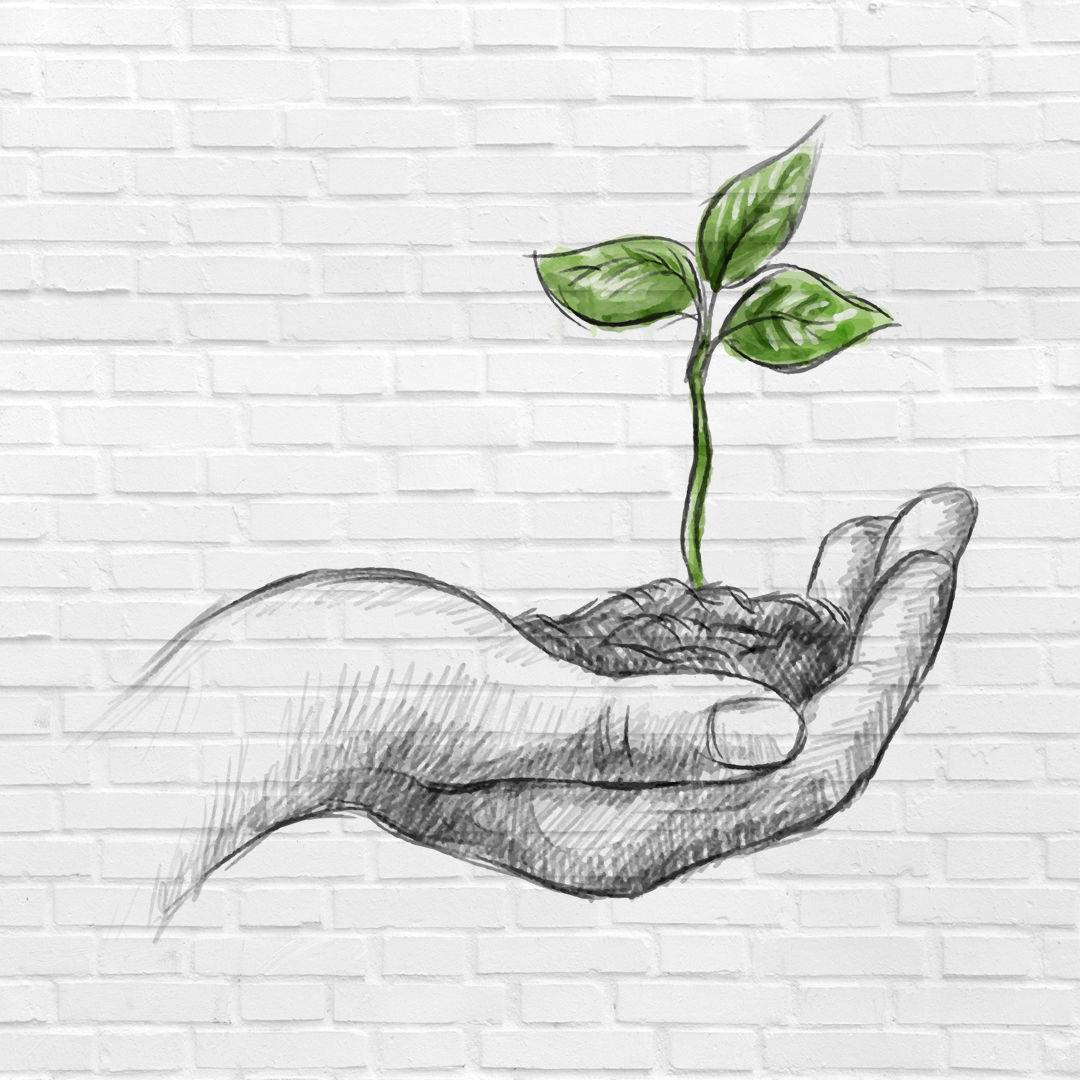Coined in the 1980s, the term “greenwashing” describes a company’s marketing policies to portray itself or its products as deceptively eco-friendly.
Ever since the world became aware of the need to reduce waste, companies have employed greenwashing to trick well-meaning customers into buying their not-so-green products. This worrying practice has gained impetus in recent years concomitantly with the rise of the ecologically sensitive consumer.
Brands use a variety of techniques to hoodwink customers to paint a picture of sustainability. A widespread tactic used is green packaging. Products are wrapped in unnecessary plastic layers plastered with green graphics and plant motifs. However, if the brand cared about the environment, they would use minimal packaging. This overcompensation is a reliable way for a consumer to tell if the product is good for the environment.
Another way for brands to polish their “green sheen,” another term for greenwashing, is to use misleading words like bioplastic or biodegradable plastics — plant-based plastic goods. Many consumers buy plastic bags, plates and cups with these labels thinking that they’re doing their bit for the environment while in reality, this is far from the truth. Most bioplastics require a particular set of conditions to decompose, like oxygen, which may not occur in a landfill or the ocean. Some bioplastics also break into smaller fragments, making them more lethal than regular plastic items. It is, therefore, important for customers to watch out for such words and always look them up before making a choice.
In addition to boosting sales, greenwashing also serves another purpose: it creates a distraction. It diverts attention away from the company’s real, problematic emission practices. An excellent example of this would be the campaign against plastic straws. The frenzied shunning of plastic straws, bolstered by graphics of choking marine animals, gripped America and indeed much of the world. This drive was well-intentioned, but its effects may not have been as fruitful as one might think. Many brands and establishments scored green points in the public eye by rolling out paper straws. What people might not realize here is that, in many cases, paper straws take more resources to manufacture and also take considerable time to decompose.
Jumping on the bandwagon, Starbucks, the bane of hapless turtles globally, said their outlets would phase out plastic straws by 2020. Their move is in the right direction, yes. However, it still does not significantly mitigate the root cause: their overwhelming dependence of single-use plastics. I understand that this reliance on single-use plastic is difficult to reduce given their ubiquity. But I think that customers should know that this move does little for the environment while portraying Starbucks as a leatherback turtle’s best friend.
Corporate carbon footprints today would give Bigfoot a run for his money, and this is why they must be held accountable. We must learn to spot and call out greenwashing by brands trying to change their image. Greenwashing also diverts attention away from smaller, greener brands who are trying to make a difference; ones who do not have the resources to run massive PR campaigns like others.
While it is essential to recognize the corporate contribution to global warming, blaming only them would be wrong. We might think that we’re single-handedly saving birds by buying faux feather boas. However, we must realize that what harms the environment the most is our excessive consumerism, hence focusing on lowering consumption and wastage is best for the ecosystem. Reducing one’s carbon footprint is a difficult journey. However, it does not stop at making responsible consumer choices; that is only the beginning.
Greenwashing: Corporate tree hugging may be only skin deep
November 12, 2019
Photo by Creative Commons
Greenwashing
0
Donate to The Battalion
Your donation will support the student journalists of Texas A&M University - College Station. Your contribution will allow us to purchase equipment and cover our annual website hosting costs.









